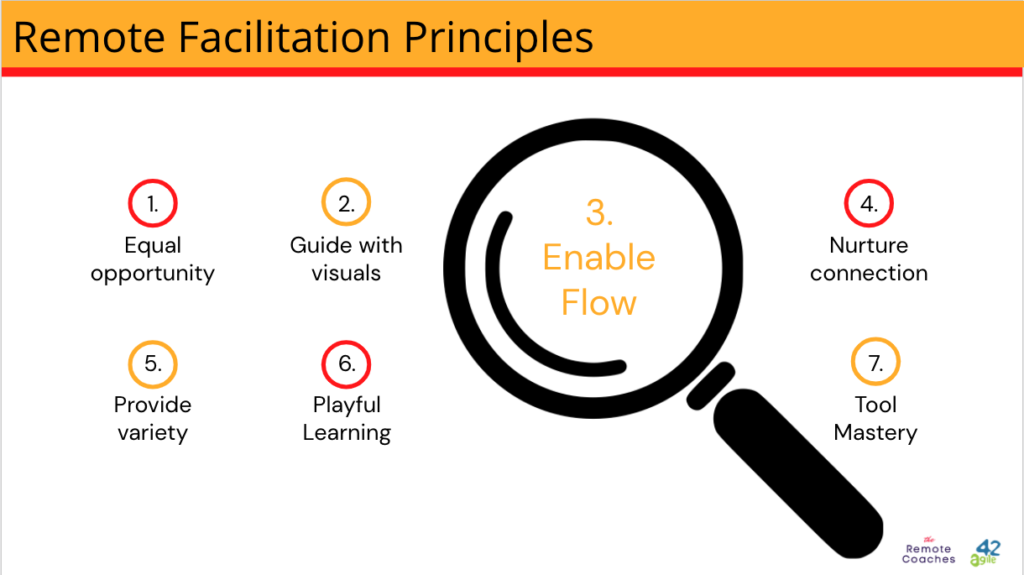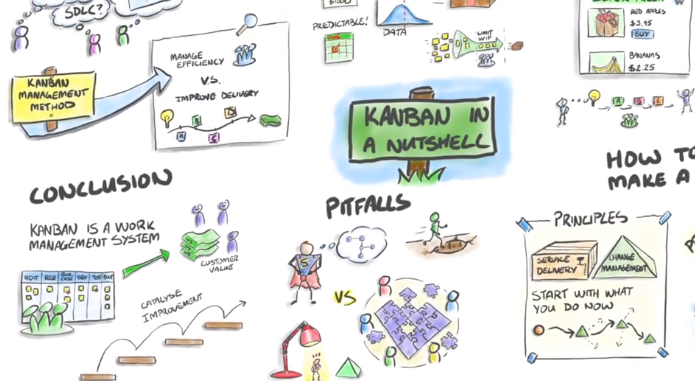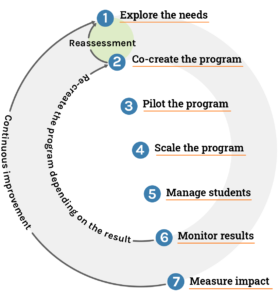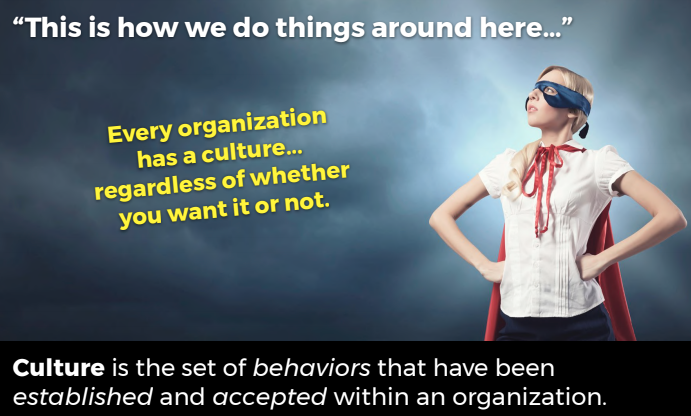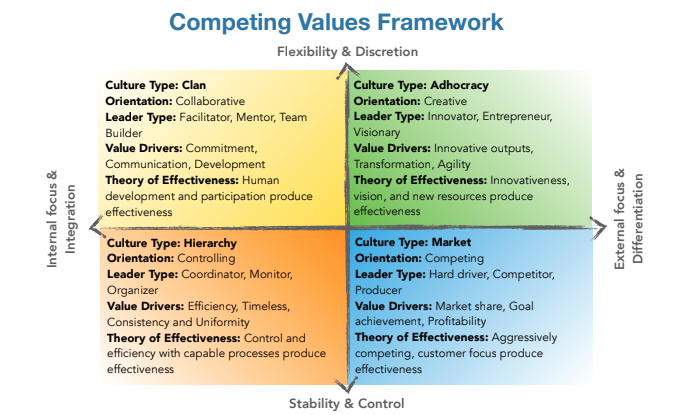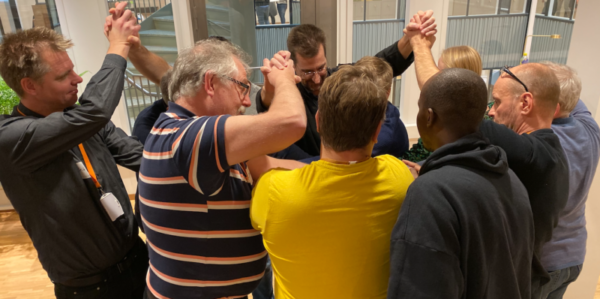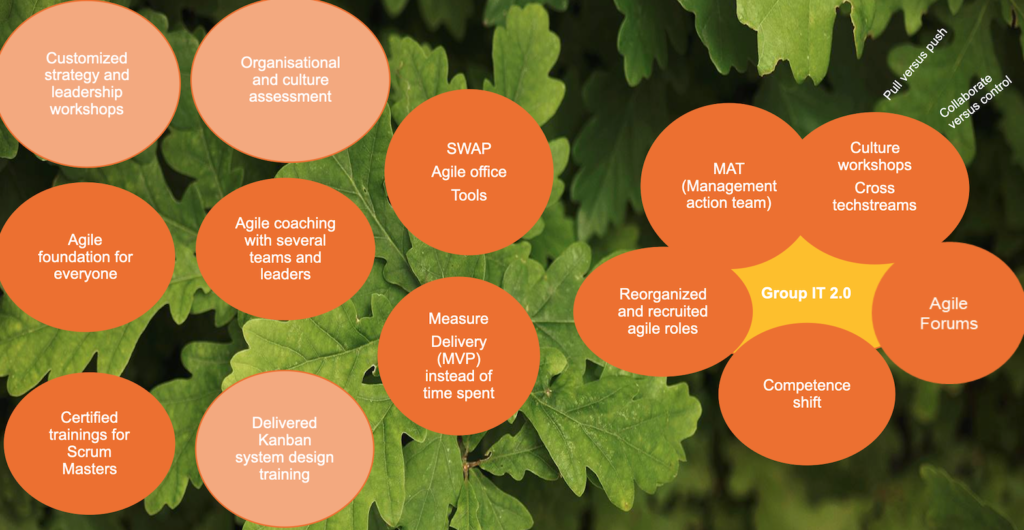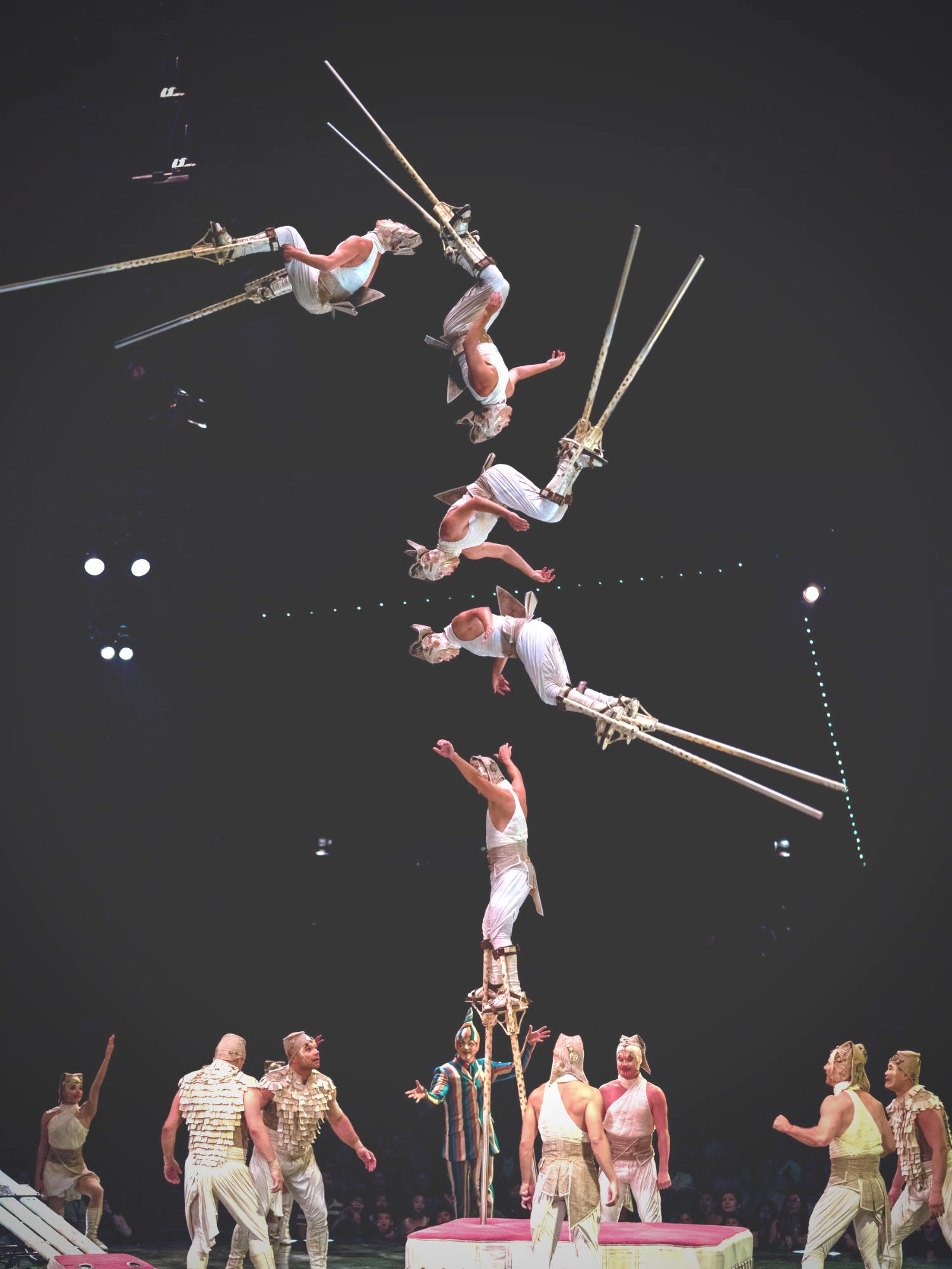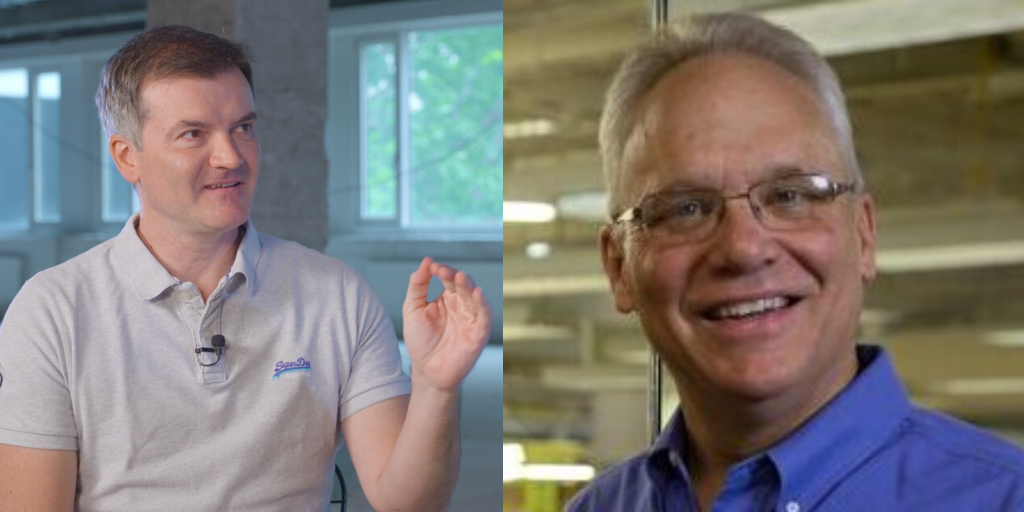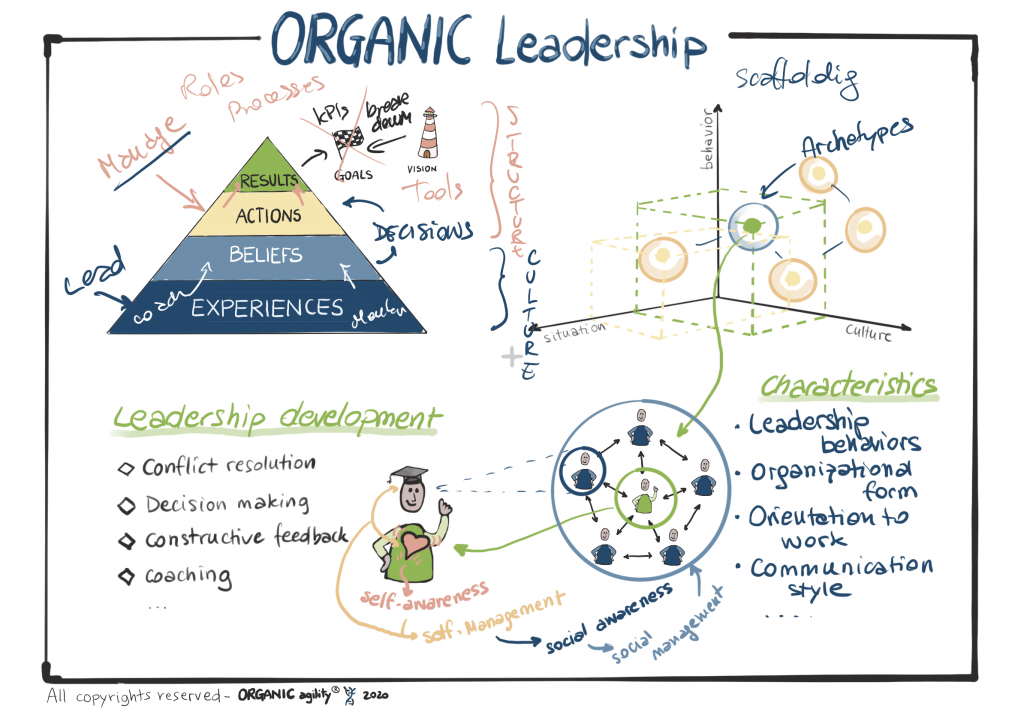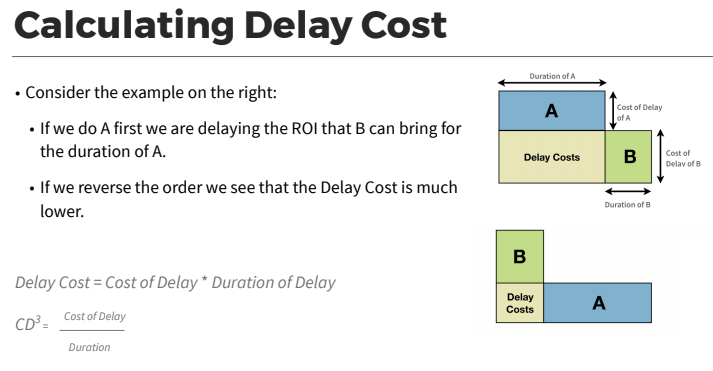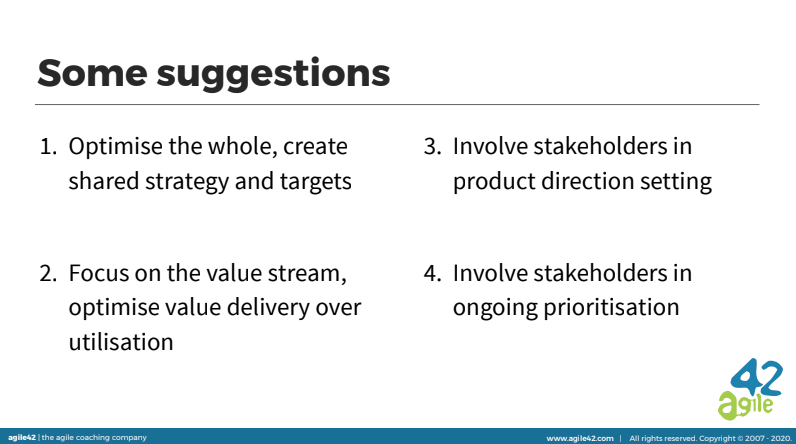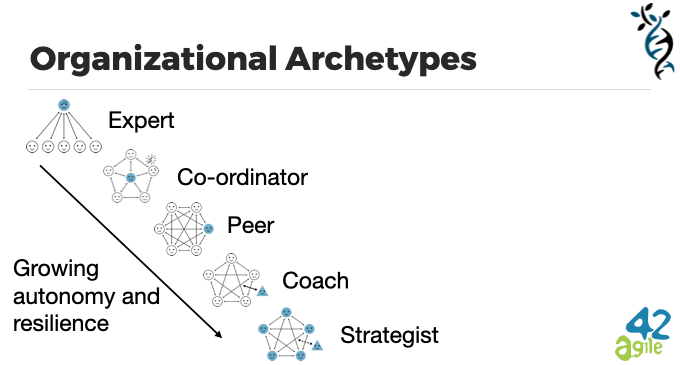Achieving Flow in Remote Meetings
/by Joanne PeroldRemote meetings can suffer from what we refer to as "traffic jam effects." Maybe someone's internet is dropping, and you keep having to repeat something, or maybe the general pace seems that much slower. These kinds of experiences impact our ability to collaborate remotely.
In our webinar, on the 6th of November, we looked at this problem from a few different angles. We began by looking at some high-level information on the trends of remote work, pre and post COVID. We briefly mentioned our 7 principles for remote facilitation and narrowed in on one, Enable Flow, which was the focus of this webinar.
Many things can happen in a remote meeting which contribute to the feeling of “stuckness”. For example; technical challenges can interrupt flow as the group waits while information needs to be repeated. Similarly people speaking at the same time or feeling like they can't speak up can create a sense of getting “stuck”.
If we look outside of meetings to better understand this experience, traffic jams provide a helpful analogy. Sometimes we can see the destination, but progress towards it is painfully slow, and when that happens, it can be super frustrating. It can cause us to feel like getting out of the car and just leaving it there in favour of walking to our destination. Maybe we get frustrated and angry; maybe our chest starts to tighten. It turns out that when we get stuck in remote meetings, our brain might be experiencing some of these same things.
Our brains are wired to make the experience of closing feedback loops rewarding: it feels good to reach resolutions/achieve “aha” moments. However, if something inhibits us from this closure, the opposite becomes true, frustration, disengagement and fatigue often creep in.
This is why it's so important to think about enabling flow in remote meetings. And what happens when we get stuck: we want to avoid conditions which lead to disengagement, fatigue, and frustration. We examined the 4 categories of stuckness, and gave some practical methods which can be used to achieve flow in remote meetings.
Technical
- Agree on a back channel before hand
- Co-create visual documentation
- Troubleshoot e.g (maybe switching off camera works)
Ambiguity
- Make agenda and session rules visible
- Visible instructions
- Visually validate outcomes
- Root participants in the present
Comprehension
- Allow people quiet time to think
- Provide participation via writing
- Make meeting artifacts visual
- Pause and check understanding
Digital fatigue
- Make space for breaks
- Use energy queues
- Consider async
Here you can find the slides from the presentation.
The recording is available on YouTube. Please feel free to share around with your network:)
In our Remote Facilitation Practitioner training kicking off on the 17th November 2020, we will deep dive into more of the principles for remote design and offer real practices that you can put to use immediately. The training includes practical sessions and feedback to help you improve. We look forward to seeing you there!
*Follow this link to view upcoming & past webinars on our website*

